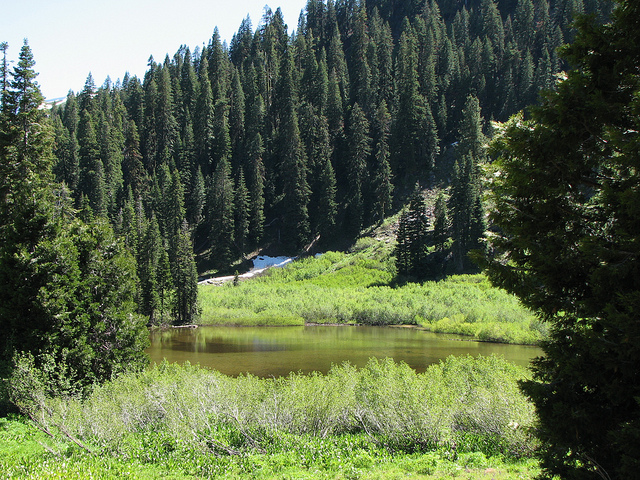Outdoor Education
This page is an attempt to clarify the many confusing details about parks, outdoors, hiking and everything related that is in-between. We will be adding to this page whenever we come across a topic that we feel deserves clarification.
Park and Trail Terminology
In theory, you can hike or walk anywhere. So probably the biggest, most encompassing and unambiguous terms are globe and country. After that, things get a little bit fuzzy so you should understand the differences between every possible place where you can hike, and how it is termed.
There are three kinds of very general areas where anything can happen. You can walk, hike, or simply see a bird from your window while hanging out at home. For that reason we want to take extra care to break down all the details:
- General space - can contain a cities, parks, general places. It is important to make that distinction because limiting hikes to cities or parks doesn't always make sense
- City can contain
- Parks
- General places where people can spot wildlife or various nature (yes, this is still possible in cities)
- Parks (can be inside cities or not) - can, but do not necessarily contain
- A main address
- A system of trails - one or more trails that may or may not loop or connect to each other
- Trailhead(s) - beginning points of trails where bathrooms and parking lots may or may not be located
Trails
A trail typically has a start and an end. Sometimes the trail is a loop, so it only has some entrance point, and the end is the same point as the beginning of the trail. Many trails have forks where the person on the trail can continue walking or riding (sometimes horses or bikes) on the same trail or fork off onto a different trail. If you used a bike rental or brought your own bike to ride, please be considerate of other hikers on the trails. Planning your trail riding can also insure a safe and fun ride.
Important things to keep in mind about trails are:
- Elevation change
- Distance
- Whether it is shaded by trees and foliage (this varies throughout the year as many trees shed leaves)
- Whether this trail has a trailhead
Park History
The park history in the United States as well as in many places throughout the rest of the world is often quite rich and tumultuous. The history of the park usually have similar themes. At first the areas that are now parks were lush forests, fields or mountainous regions that had tremendous (or maybe not so tremendous) natural beauty. As populations of people grew in various regions of the world, people began cutting down the areas, and either using the land for building materials, or simply building settlements and cities in areas that were once rich with natural beauty.
In North America, the settlers also displaced many tribes of native people who once inhabited the land for many generations and thousands of years. An example of what happened to the Ohlone (Castoanan) Indians in Northern California is a very common example of what happened to many other tribes.
At the turn of the century, many conservationists began raising alarms about the destruction of the natural lands, and cutting down of various forests. With the help of politicians, some success was achieved in saving relatively large patches of land that are now parks and preserves, in order to preserve natural habitats of local wildlife and plant life.Additionally, check out our page about teaching children about flowers and horticulture.
General Education
I have recently been working with Udemy to teach people about health and fitness which is related to hiking and outdoors. Plus I have courses that cover business and marketing as well. You can browse all my courses and get discounts for my courses on my blog. Here is a full list of Udemy course discounts and coupons for my courses.

